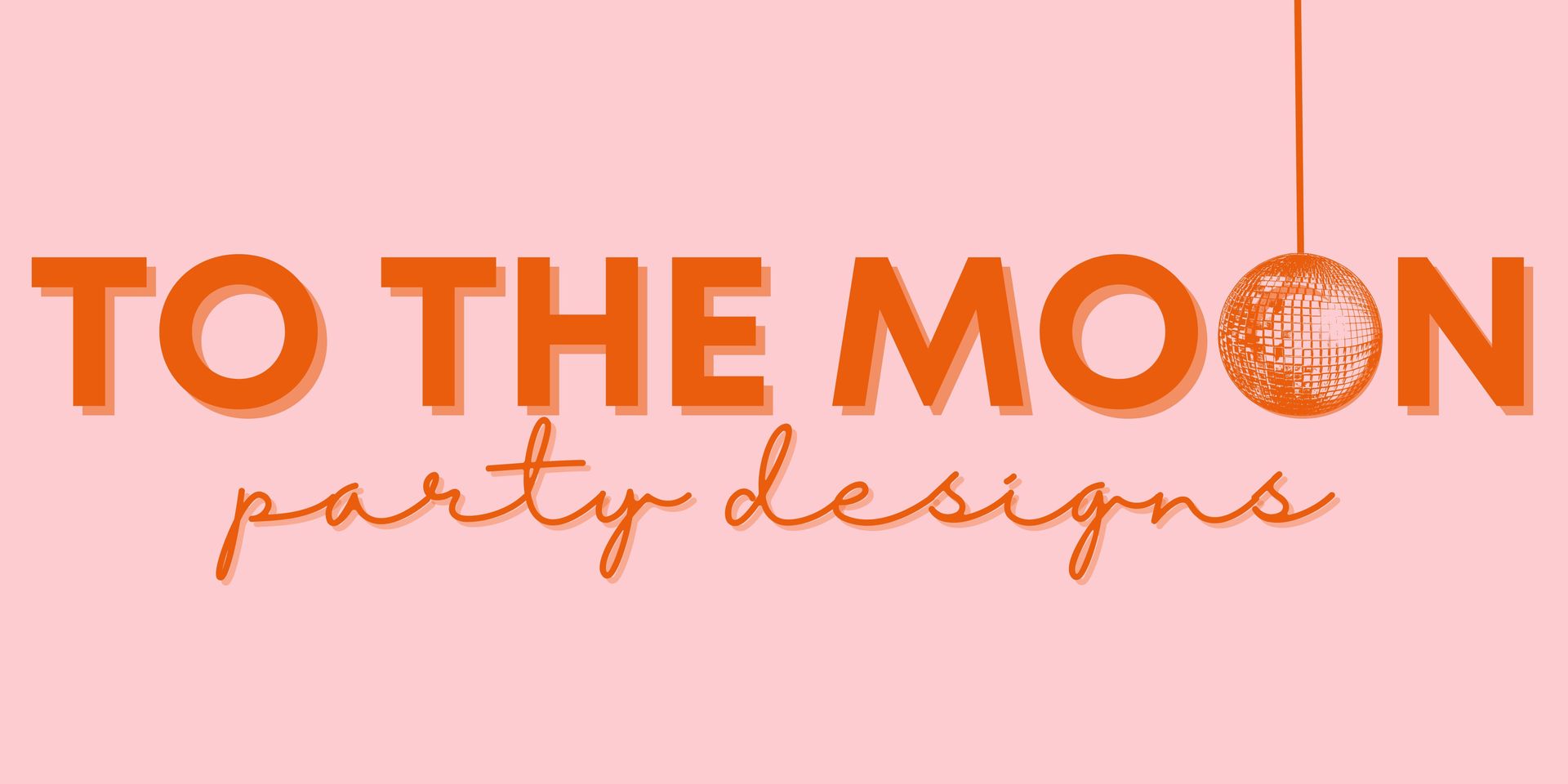Comparing Balloon Materials: Which Is Right for Your Design?
JC
Introduction to Balloon Materials
Balloons are a versatile and vibrant addition to any event, from birthday parties to corporate gatherings. However, selecting the right balloon material is essential for creating the desired aesthetic and ensuring durability. Understanding the differences between various balloon materials can help you make an informed decision that best suits your design needs.

Latex Balloons: The Classic Choice
Latex balloons are perhaps the most common type, known for their elasticity and affordability. They are made from natural rubber, which makes them biodegradable—a significant advantage for environmentally conscious consumers. Latex balloons come in a wide range of colors and sizes, making them suitable for both small-scale decorations and large balloon displays.
However, latex balloons have some drawbacks. They are more susceptible to popping, especially in hot or sharp environments, and they have a relatively short float time when filled with helium. Despite these limitations, latex balloons remain a popular choice due to their versatility and cost-effectiveness.
Foil Balloons: The Shiny Alternative
Foil balloons, also known as Mylar balloons, are made from a thin, flexible metalized film. They are renowned for their shiny appearance and ability to hold intricate designs and shapes. These balloons are less prone to popping compared to latex and can float for several days when filled with helium.

One downside of foil balloons is that they are not biodegradable, which may be a concern for eco-friendly consumers. Additionally, they are typically more expensive than latex balloons. Nonetheless, their long-lasting nature and eye-catching designs make them a popular choice for special occasions and themed events.
Bubbles Balloons: A Unique Option
Bubbles balloons are a newer option in the market, made from stretchy plastic material that gives them a smooth, spherical shape. These balloons are transparent or semi-transparent, allowing for creative customization with printed designs or inserts. Bubbles balloons are also durable and resistant to temperature changes, making them suitable for outdoor events.
- Durability: Less prone to popping compared to latex.
- Float Time: Can last up to several weeks when inflated with helium.
- Design Flexibility: Offers unique customization options.

Choosing the Right Balloon for Your Design
The choice between latex, foil, and bubbles balloons depends largely on the specific needs of your event and design preferences. If budget is a primary concern, latex balloons offer an economical solution with a wide color palette. For long-lasting impact and intricate designs, foil balloons are an excellent choice. Meanwhile, for innovative and customized displays, bubbles balloons provide a unique canvas.
Consider the venue's environment when selecting your balloon material. Latex may not withstand high temperatures well, while foil balloons might be better suited for indoor settings where sustainability isn't an issue. Bubbles balloons offer versatility in both indoor and outdoor environments.
Conclusion
In conclusion, understanding the differences between balloon materials can greatly influence the success of your event's decor. Whether you prioritize sustainability, budget, or design complexity, there is a balloon material that will meet your needs. By considering factors such as durability, environmental impact, and aesthetic appeal, you can select the perfect balloon that will elevate your design and leave a lasting impression on your guests.
